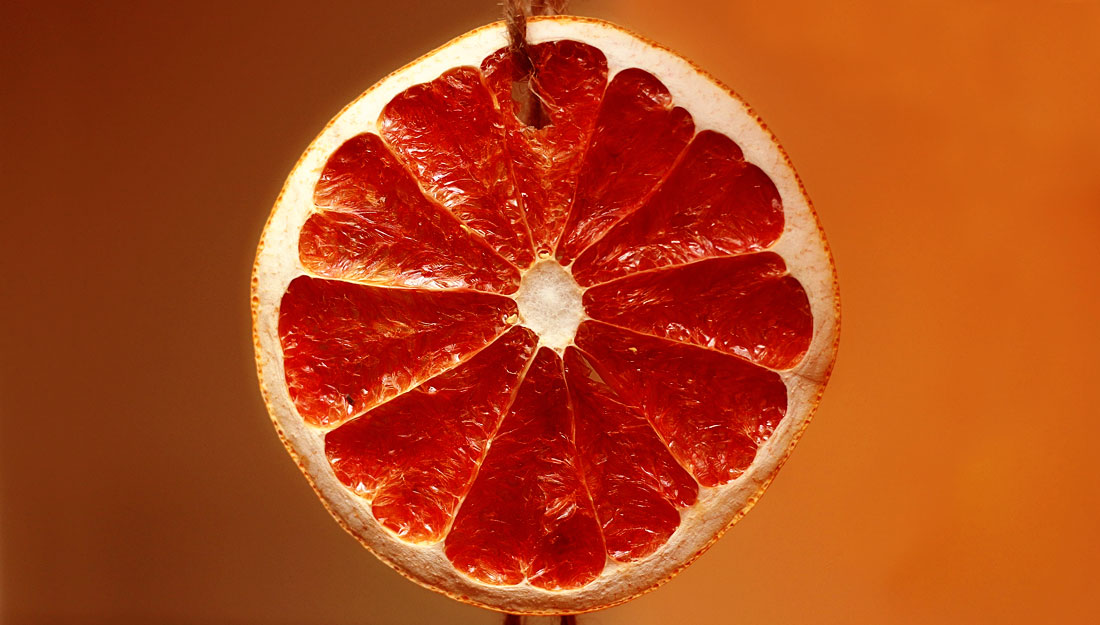- Dominic Hernandez
- Community, Healthy Living, Show on VR homepage, Trending
“Healthy” foods that can actually be bad for you
You may want to read up before you consider adding these to your plate

Buying tasty, healthy food can be difficult, and phrases like “all natural” or “reduced fat” may veil some very unhealthy ingredients. However, a little bit of research can go a long way, and making the right choices at the grocery store will ensure you can treat yourself without any guilt.

Peanut Butter
This childhood classic is packed with protein, fiber, monounsaturated fats and fat-burning folate; however, don’t think that all peanut butters are created equally. Your favorite peanut butter could be packing wallops of sugar, added oils or sodium. This is a good way to store fat without even knowing it.
When you’re looking for the right type of peanut butter, look for ones with low sodium and sugar counts, and try opting for powdered peanut butter in smoothies and baking if you’re trying to cut down on calories. Check the ingredients before buying, as the healthiest peanut butters will likely only have a few ingredients—mainly peanuts, small amounts of salt and no hydrogenated oils.

Greek Yogurt
This versatile dairy food has made its way into our breakfasts, desserts and barbecues, and it is even used as a substitute for sour cream or mayonnaise. With plenty of healthy fats, protein and probiotics, it’s easy to see why you’d add it to your shopping list.
However, plenty of “healthy” Greek yogurt options can have large amounts of sugar and calories for such a small container. While enjoying the benefits of Greek yogurt, aim for the plain variety and use other healthy ingredients, such as fresh fruit or nuts, in order to enjoy this guilt-free.

Dark chocolate
While dark chocolate is often seen as the unwanted bitter cousin to milk and white chocolate, research is still being done to fully grasp the benefits of midnight varieties. Science has consistently sung the praises of dark chocolate, including noting its ability to improve insulin sensitivity—which can prevent or delay the onset of diabetes. Dark chocolate also has plenty of antioxidants that can help regulate your cholesterol.
Like many other foods on this list, be vigilant of dark chocolates that have high amounts of sugar. Also, be sure to choose dark chocolate that is non-alkalized and is at least 70 percent cacao in order to reap the benefits of this delicious treat.

Juices
Having a glass of OJ to go along with your breakfast? The word “natural” on the container may make you feel like you’re making a healthy choice, but that likely isn’t the case. Juices, even the ones with no added sugar, still contain sugar and carbs.
Eight ounces of orange juice, a typical serving size, can have more carbohydrates and sugar than a large orange. A Harvard study showed that greater consumption of specific whole fruits—such as blueberries, grapes, and apples—was significantly associated with lower risk of type 2 diabetes, whereas fruit juice was associated with a higher risk. If you want to add some vitamin C to your breakfast, try going back to the basics and slice up some whole fruit.

Dried fruit
Dried fruit is a great way to sneak in some flavor to your favorite oatmeal or yogurt, but these little treats can become a big problem if you aren’t careful. Dried fruit can be extremely nutritious: In fact, one study published in the Journal of American College of Nutrition suggested that dried fruits should be a greater part of a diet as they are dense in phenol antioxidants and nutrients, most notably fiber.
The reason that dried fruits are convenient is the same reason they can end up hurting your diet: because they are tiny and delicious. One tiny box of raisins can have over 20 grams of sugar and 30 grams of carbohydrates. The drying process concentrates the sugars and the calories, so a half cup of raisins has about 220 calories, whereas a half cup of grapes will have about 50.
Media contact: media@tamu.edu


